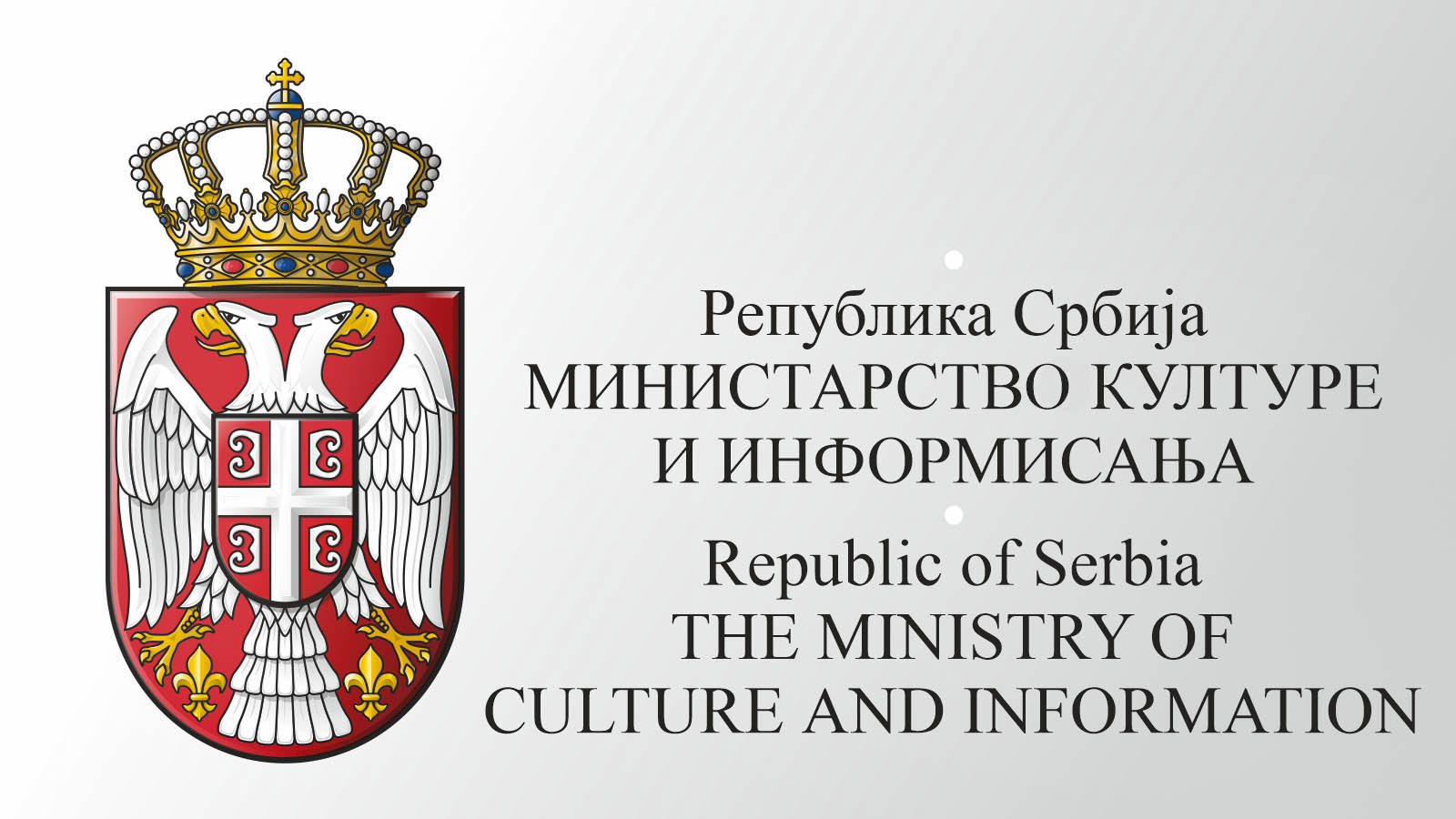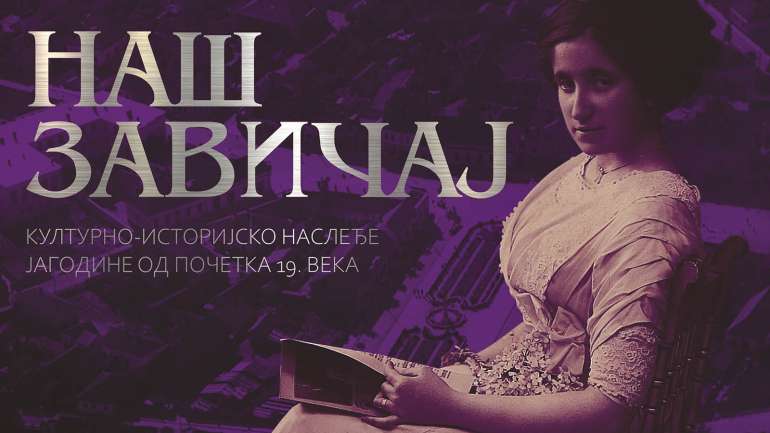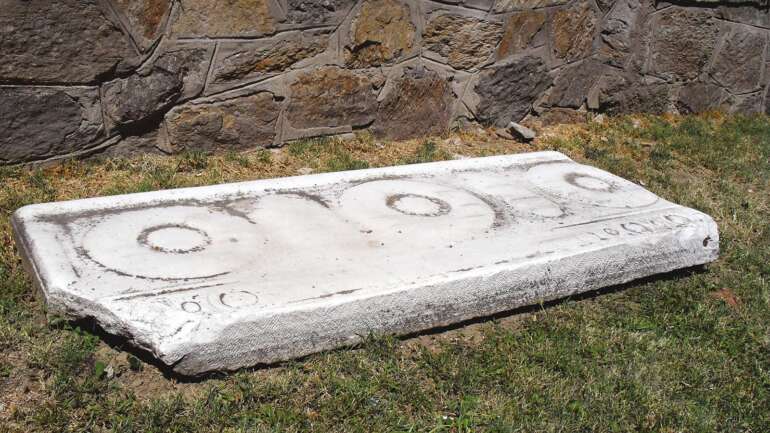By: Branislav Cvetković, museum advisor
One of the three projects this year for which the Regional Museum Jagodina received the support of the Ministry of Culture and Information of the Republic of Serbia is the ambitious, but also necessary, project for the rehabilitation, reconstruction and adaptation of the museum building. Erected as Falcon Society building in 1935, according to the project of the famous architect Momir Korunović, it was declared a cultural monument in 1987. Damage to the walls in a strong earthquake in 1998 expanded over time, which is why museum experts (archaeologists Smiljana Dodić and Sonja Perić and art historian B. Cvetković) launched a project to renovate the building with the aim of adapting the museum building, expanding and adapting depot space and forming a new permanent exhibition in accordance with modern principles of protection of heritage. The successful outcome of the competition was crucially contributed by the help of Dr. Nenad Šekularac, full professor at the Faculty of Architecture in Belgrade and Dr. Nevena Debljović-Ristić, advisor at the Republic Institute for the Protection of Cultural Monuments in Belgrade, who helped us determine all the damage, static problems and other deficiencies in the building, and then in compiling project documentation.
Since the Ministry of Culture and Information of the Republic of Serbia approved the first phase of this project in the amount of 770,000.00 dinars, in October this year the planned geostatic research of the foundation zones of the Museum was performed, thanks to the engagement of Milovan Popović and Stefan Jovanović, engineers of geology, and the company of J. Stanković. At that time, four probes were opened along the outer walls of the museum building, and one probe each in the hall with a permanent exhibition and in the space of the Ethnology depot. Thus, data were collected on the basis of which complex analyzes of soil composition for geostatic and geomechanical studies were performed in laboratory conditions as a basis for performing the next phases of the project of rehabilitation, renovation and adaptation of the museum building.





